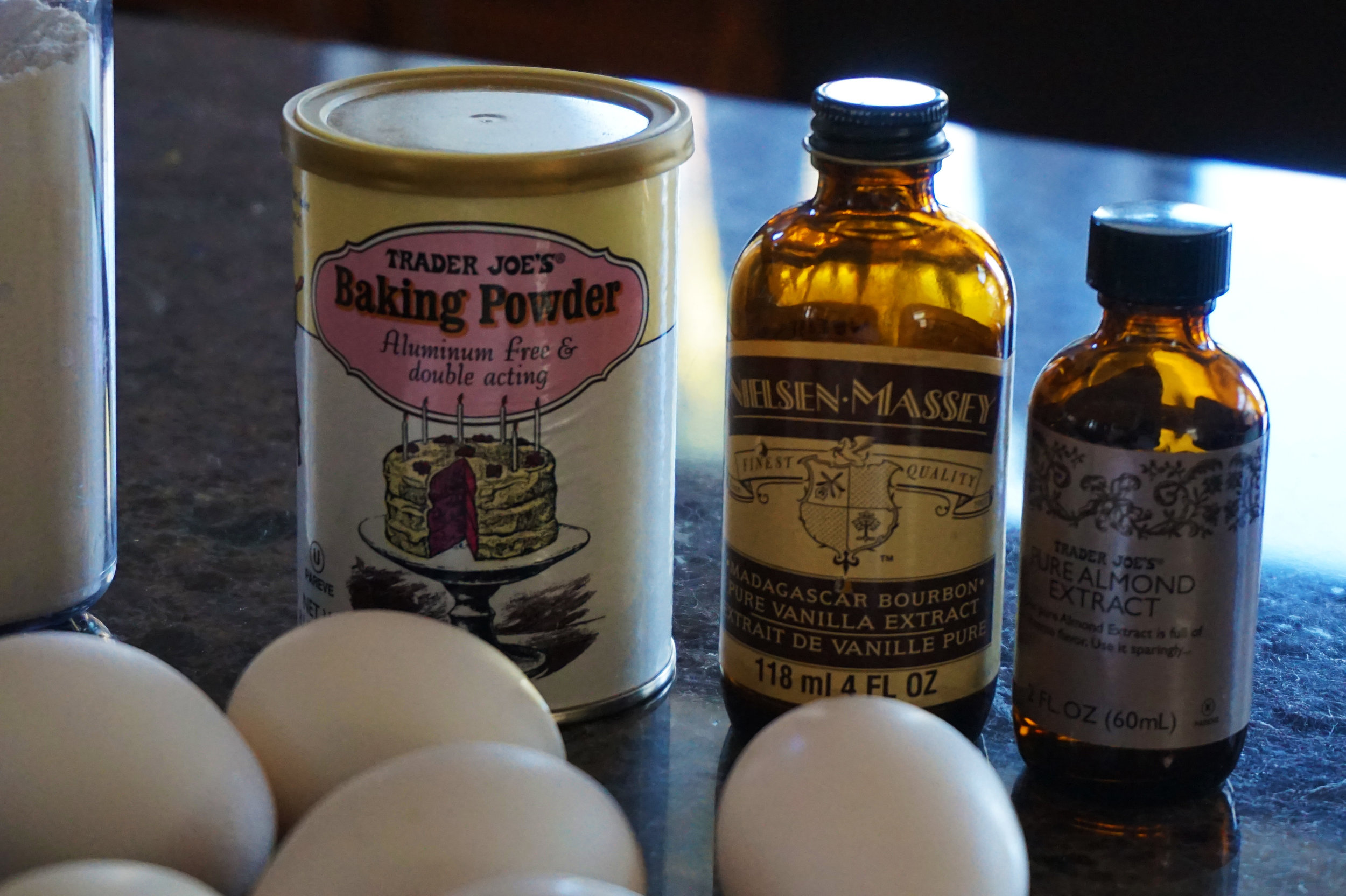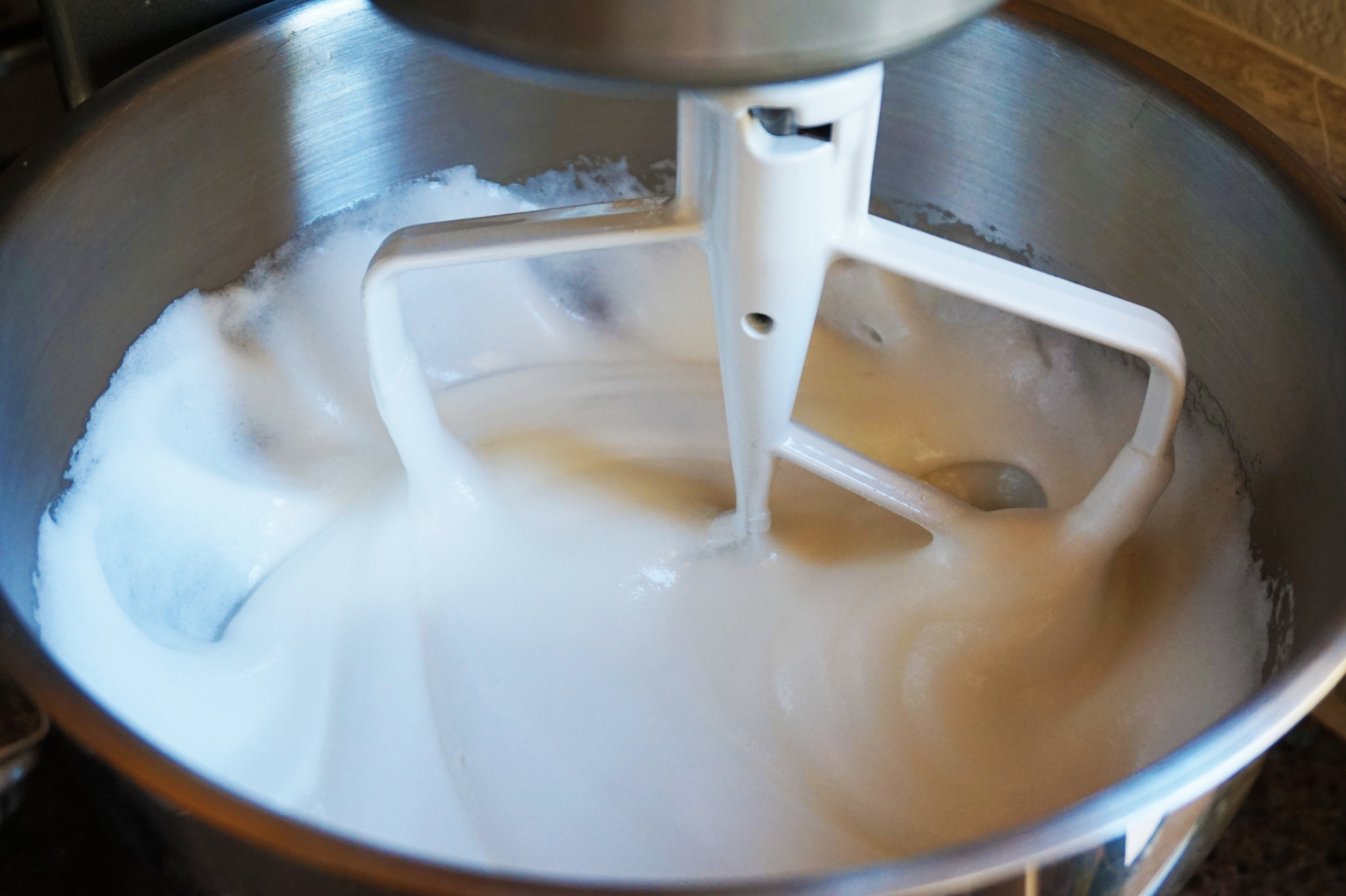lucky break: chinese steamed sponge cake
A couple of months ago, when my friend Elyse asked me to contribute to HAVE YOU EATEN YET?, a project she and her friend started as a collection of family recipes and stories, I knew exactly what I wanted to write about.
HAVE YOU EATEN YET? is a collaborative zine for femme and non-binary POC. We want to explore the relationship to family through food, specifically through recipes that have been passed down from member to member. There is so much unspoken emotion connected to food that is related to heritage, love, pride, and identity. Just like each person and family is unique, so too are the family recipes that create the flavor of our childhoods and home.
I immediately loved this idea so much. I’m very in favor of anything that allows people to evaluate their relationship with their heritage, but to connect them through family recipes and traditions is brilliant. This piece turned out to be deeply personal to me, and this is one of my favorite desserts (and still the only cake I’ll eat to this day), so I’m very grateful for the opportunity to share it with all of you!
I am third-generation Chinese-American.
I was born in San Francisco to parents who had never been to China themselves. I was given a Chinese name at birth, but I still feel self-conscious trying to pronounce it. I had both a Red Egg party and a sweet 16. My exposure to Mandarin as a child was limited to the folk songs my grandma taught me phonetically, and a doll named Ling that spoke a couple of phrases when you squeezed her hand. At my parents’ wedding, my mother wore two dresses—the traditional white ‘80s Barbie-doll dress, and the red silk qipao, but the latter was mostly symbolic rather than superstitious.
Food-wise, our tastes were rather one-dimensional. It wasn’t that our mom wasn’t a great cook; we just weren’t interested in anything besides chicken nuggets and PB&J. The only exception was once a year on Chinese New Year when, in order to maintain some pretense of cultural compliance, we would have Chinese food with the whole family. Out would come the giant silver wok, the wooden chopsticks, the flowered rice cooker. Our kitchen table proudly boasted my grandma’s hand-folded wontons, chicken marinated in soy sauce, and sticky rice. But I would always eagerly await the end of the meal, which promised two things: the gifting of cash-filled red envelopes, and dessert.
The sponge cake was always a favorite of mine; soft, pillowy, and lightly sweetened. Rather than being baked, this cake was steamed, which lent it a nice fluffy texture. I would help my mom beat the egg whites into glossy peaks until my arms got tired, and sometimes she would let me add the tiny red dot of food coloring in the middle for good luck. When I was nine, I carefully wrote a baker’s note in blue gel pen on the worn recipe card she kept in her little wooden box. I loved lifting the lid on the bamboo steamer and seeing the perfectly domed cake nestled in wax paper, releasing a fragrant, almond-scented cloud into the air.
Flour. Eggs. Sugar. All things that most people keep in their kitchens, staples of an ordinary American life. My mom and I have always loved this about this cake, that its components are familiar, but it still somehow has a distinct Chinese flavor.
I proudly carried it to every elementary school potluck, and once requested it in lieu of a traditional birthday cake. I have yet to find one person, Chinese or not, that doesn’t love it. It sounds silly but this cake, like the tiny jade pendant I wear around my neck, makes me feel a little bit more connected to my roots. I’m thankful for the way I was raised. I was never ashamed of my heritage; I was always Chinese-American, never one or the other. In fact, it was the absence of Chinese influence in our home that fed my curiosity about our family history and my appreciation of the small cultural consolations we kept.
And while my upbringing was, for the most part, American as apple pie, this cake is the perfect representation of who I am—made with American ingredients, but Chinese at heart.
CHINESE STEAMED SPONGE CAKE (GAI DON GOR)
Yields: 1 large sponge cake
Prep: 30 minutes
Cook: 30 minutes
cake
6 eggs, separated
1½ cups granulated sugar
1½ cups flour
½ tsp baking powder
1 tsp almond extract
½ tsp vanilla
Red food coloring
assembly
Parchment paper
Steamer
Beat 6 egg whites vigorously until stiff, about 25 minutes (15 if using an electric mixer). Add 1½ cups sugar gradually, beat another five minutes, until foam looks glossy.
Add 6 egg yolks, beat five minutes.
Add 1 tsp almond and ½ tsp vanilla.
Sift 1½ cups flour and ½ tsp baking powder together and add to egg mixture. Mix well.
Pour cake batter into steamer lined with parchment paper.
Add dot of red food coloring, if feeling superstitious. Steam for 25 minutes over 3-4 inches of boiling water.
Cut into two-inch squares and serve.
Gong hay fat choy! 🎉🏮🐶
P.S. If you were born in 1946,1958, 1970, 1982, 1994, or 2006 (Year of the Dog), this is your year!








































